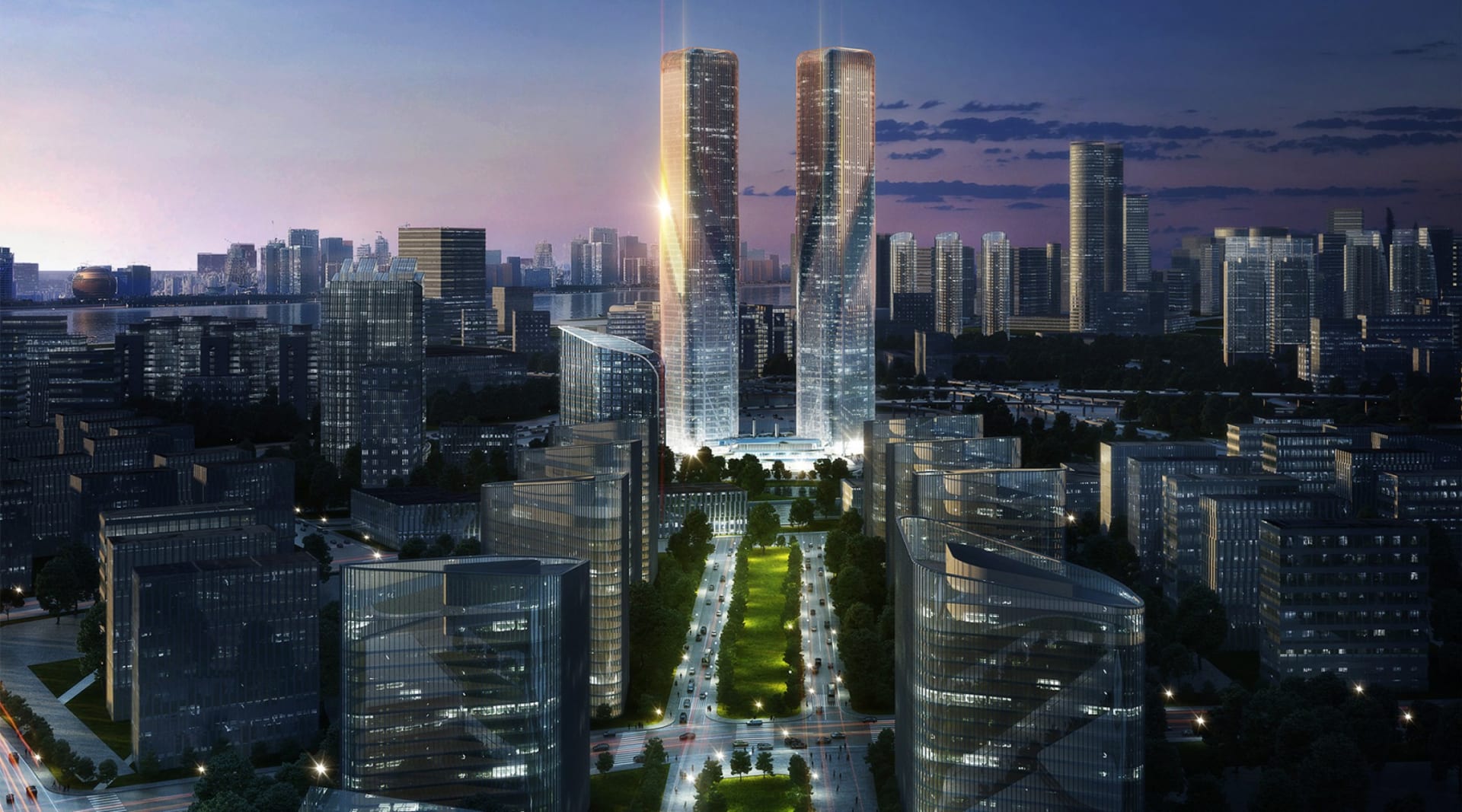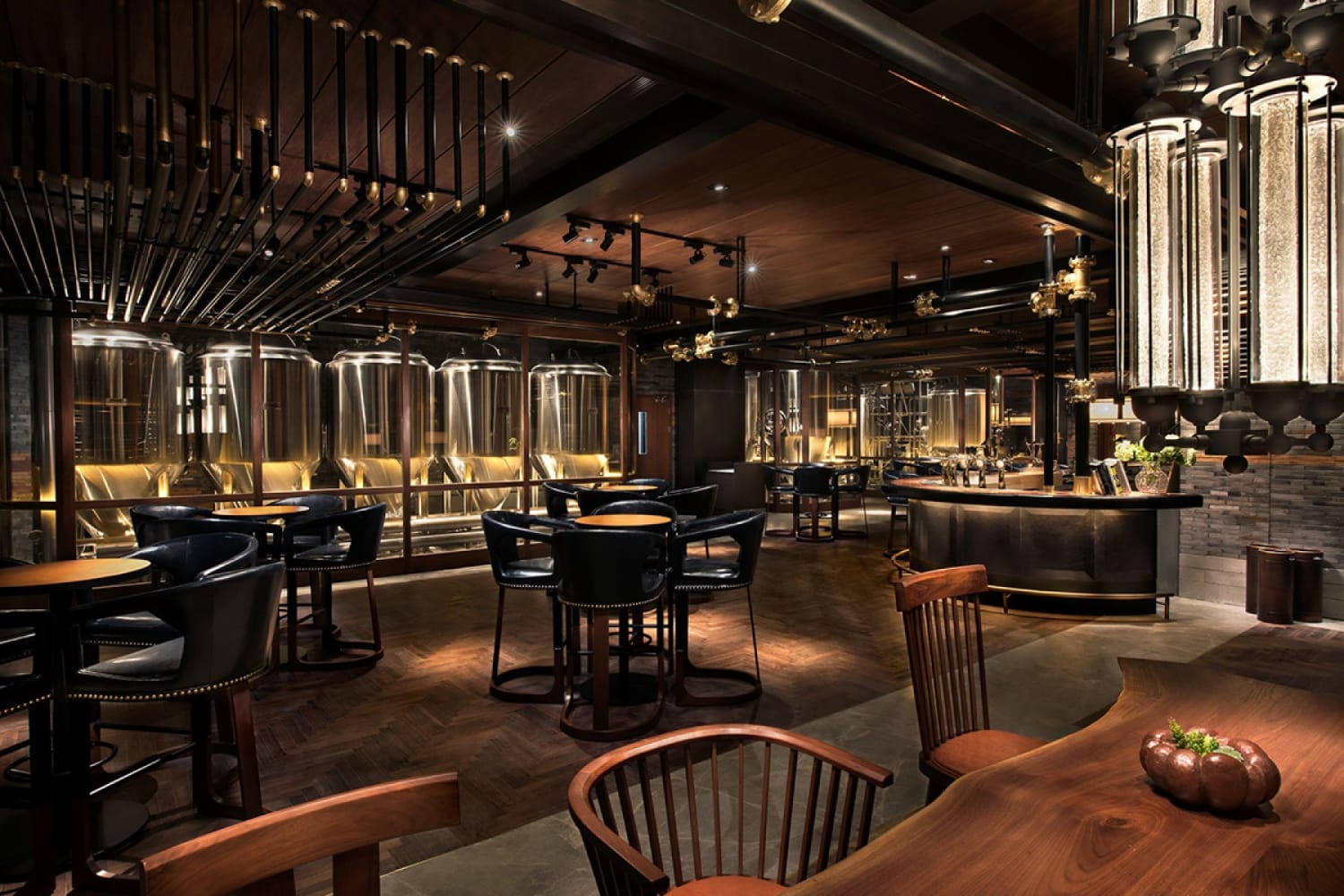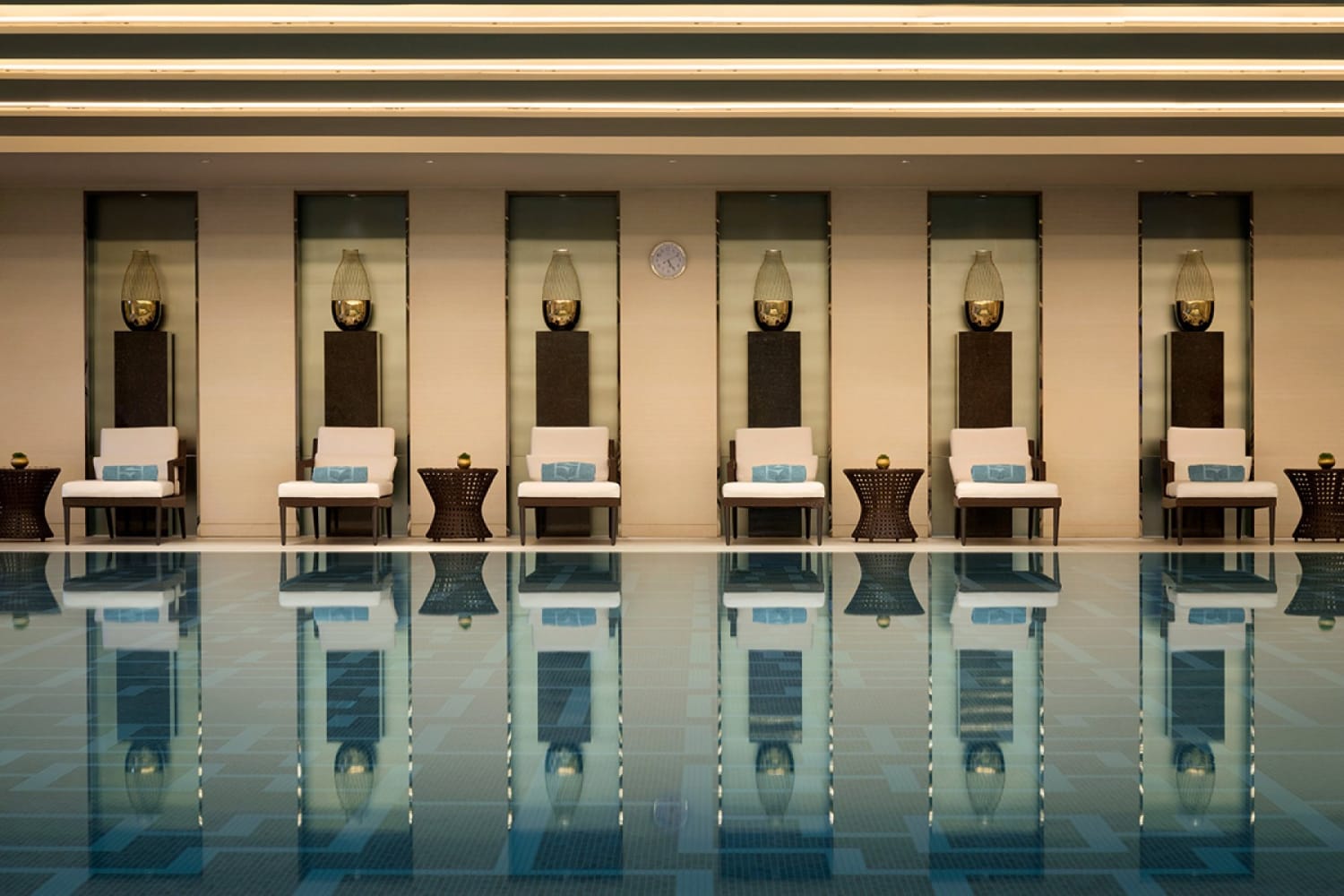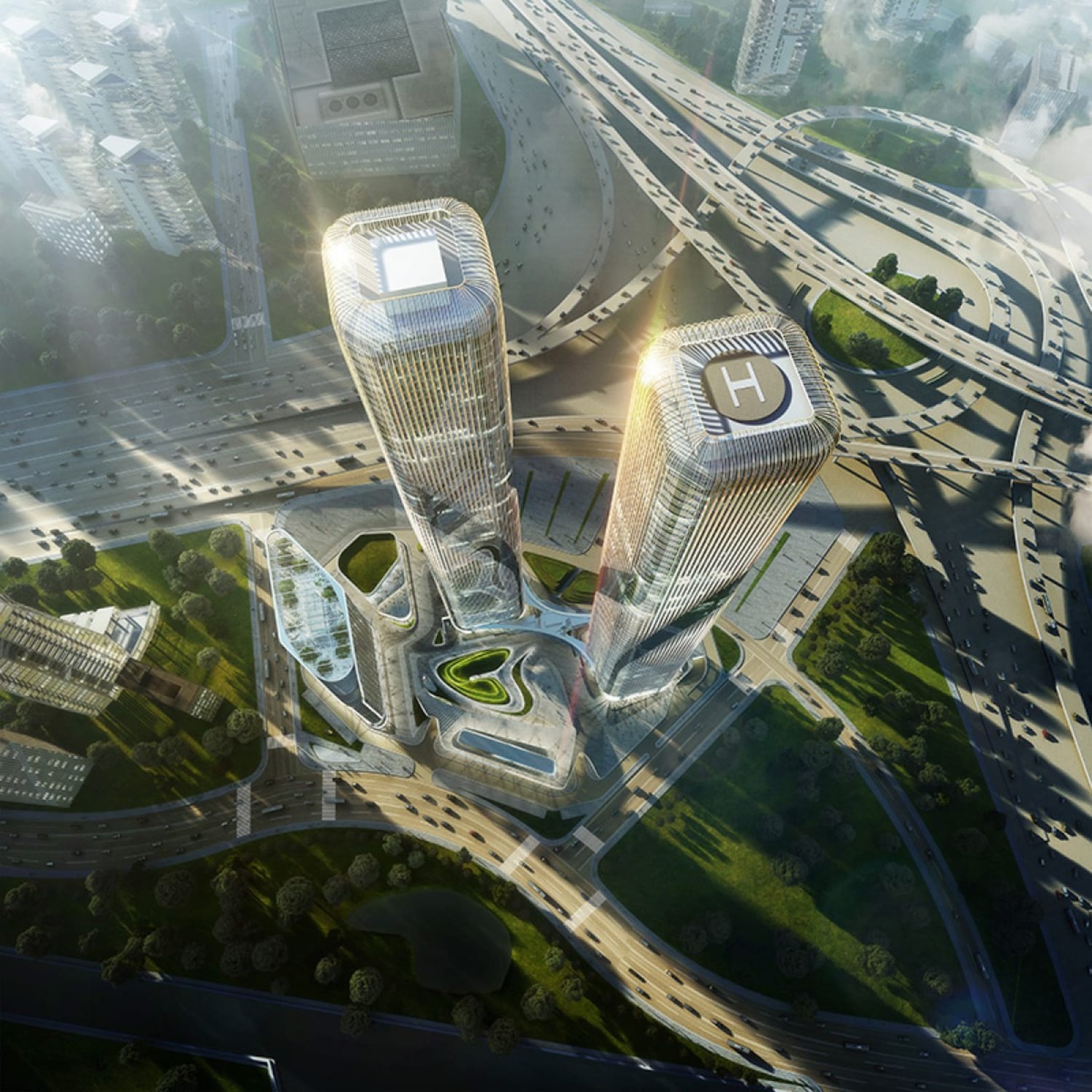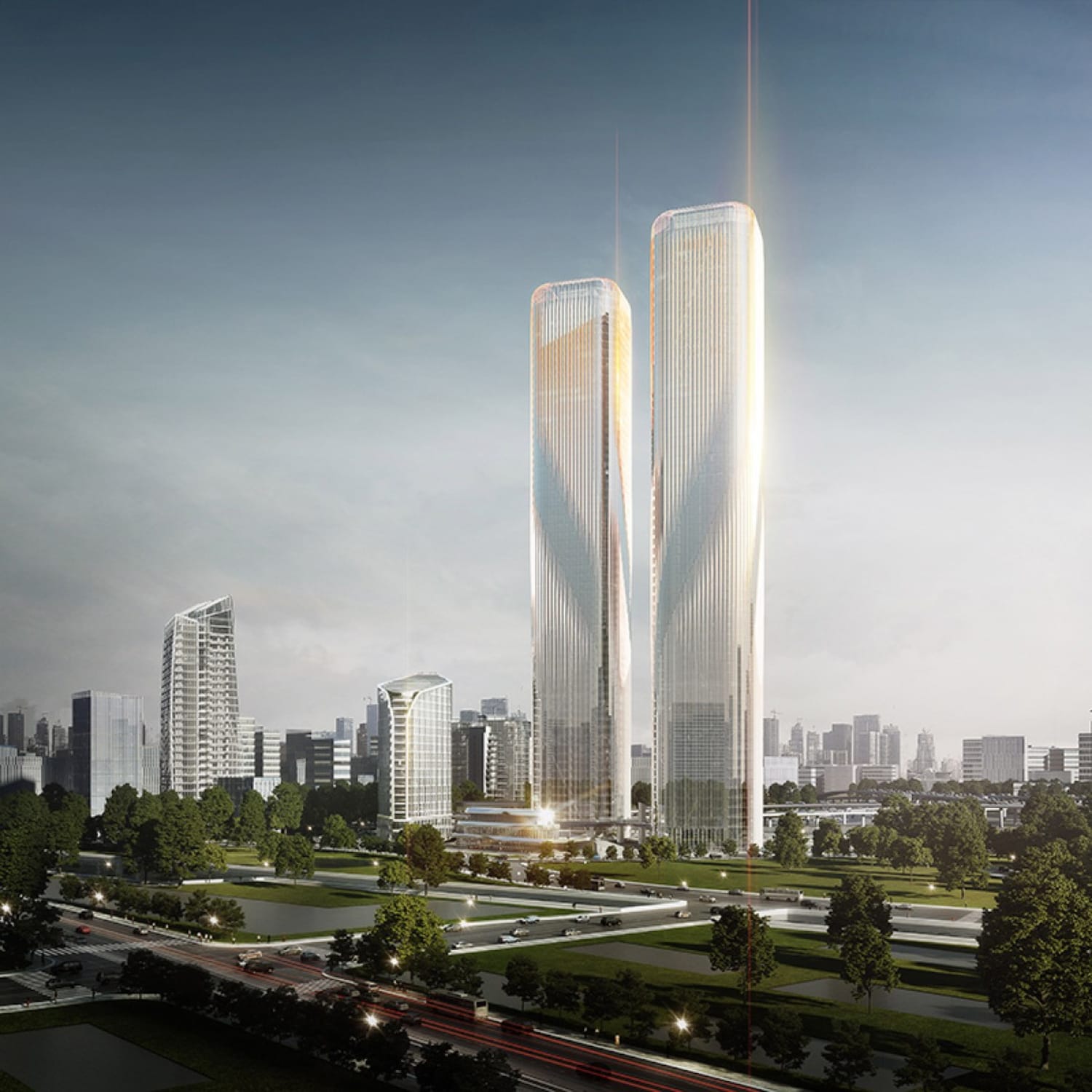Start-up scene
Hangzhou’s start-up scene is home to an impressive amount of entrepreneurs. In Dream Town, hundreds of start-up companies like Lifesmart, which develops smart home appliances, or PingPong, a cross-border e-payment company with dual headquarters in New York and Hangzhou, fill incubator space.
Many of these companies have taken advantage of generous government subsidies—the city is providing up to $15 million to encourage startup growth, according to city officials. “Without these kinds of subsidies, you only rely on private money, and you wouldn’t see so many technology start-ups happening today,” said Ning Tao, a partner at venture capital fund Innovation Works in a September New York Times article.
The same conditions have also allowed technology giants to flourish. Alibaba, the Chinese e-commerce company with a record-setting IPO in 2014, was born in and is still based in Hangzhou. A robust infrastructure of factories and freelancers also help to fuel technological development in the city, as does an influx of entrepreneurial graduates from local schools like Zhejiang University’s business incubator.
Hangzhou is also preparing to develop its creative industries, extending support to cartoonists and gaming industries alongside tech companies. The city hopes these will be important drivers of growth: According to the South China Morning Post, the city’s cultural and creative industry contributed 22% of the region’s GDP in 2016.
For more China trends, see Frontier(less) Retail.
